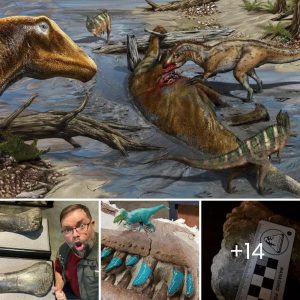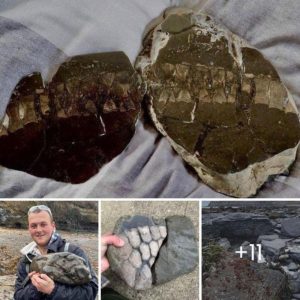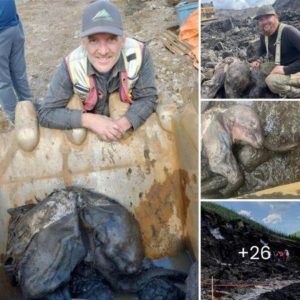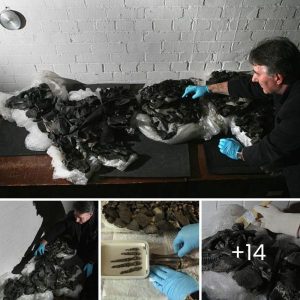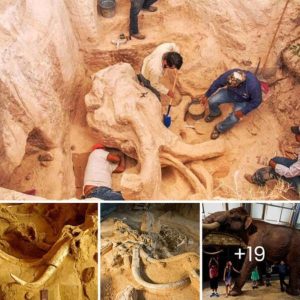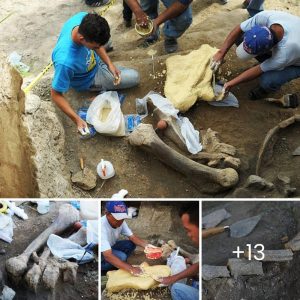Paleontologists in Southern Utah were recently thrilled by the discovery of a rare Brachiosaurus leg bone, adding to the limited collection of such fossils known to science. Unearthed last May by paleoartist Brian Engh, the 6-foot, 7-inch humerus bone belonged to a massive 30-ton Brachiosaurus.
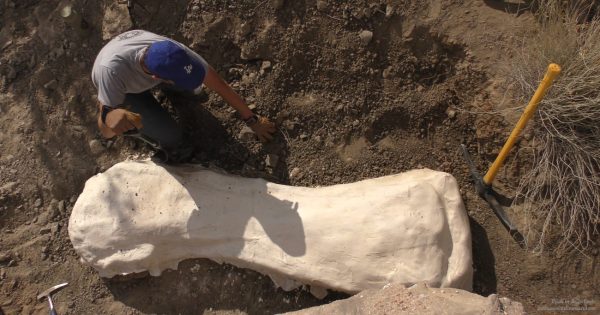
This significant find was made possible through the collaborative efforts of paleontologists from the Utah Field House of Natural History State Park Museum and the Western University of Health Sciences.
The exact location of the discovery remains undisclosed to safeguard the site. The recovered humerus is only the third Brachiosaurus humerus ever found, and notably the first in Utah, as confirmed by Utah State Parks.
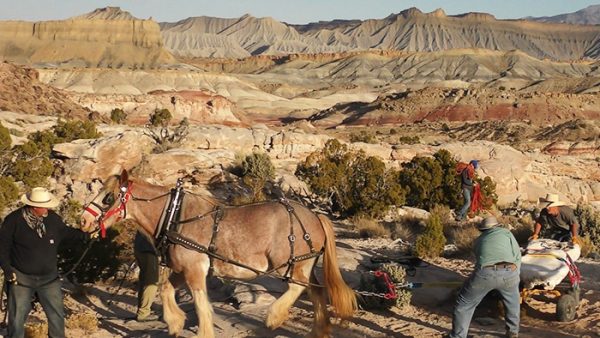
John Foster, the curator of collections at the Utah Field House, expressed excitement over the discovery, highlighting the exceptional condition of the bone a rarity considering the significant time gap since the last find.
Brachiosaurus, characterized by its elongated front legs, robust chest, and graceful neck, is a well-known sauropod dinosaur closely related to giants like Brontosaurus and Diplodocus.
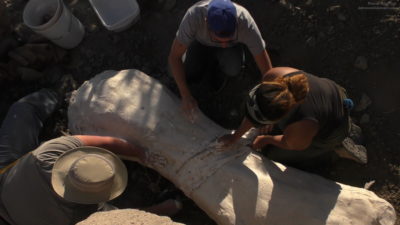
Although its exact size remains debated, estimations suggest it could have reached lengths exceeding 80 feet and stood between 40 to 50 feet tall. Once believed to be the largest dinosaur, newer discoveries have overshadowed its size dominance.
Foster noted the rarity of Brachiosaurus in its prehistoric ecosystem, citing a substantial population difference compared to more common dinosaurs like Camarasaurus. While over 200 Camarasaurus specimens have been unearthed in the Morrison Formation, a mere 10 Brachiosaurus remains have been documented to date.
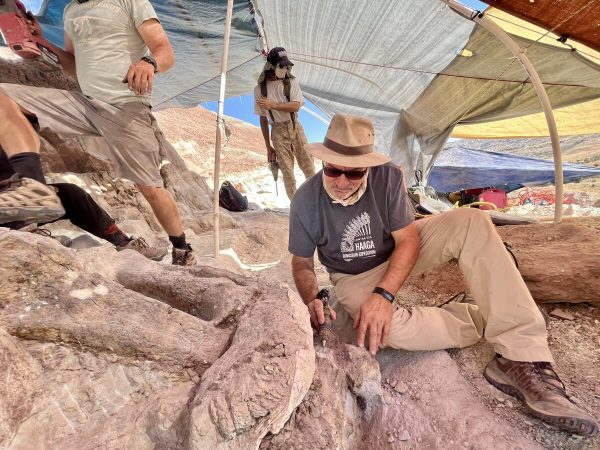
The Brachiosaurus humerus, carefully encased in plaster and burlap, was delicately transported out of the rugged site by a team assisted by Clydesdale horses. Multiple other fossils, including rib fragments and additional bones, were also recovered from the area, hinting at further paleontological discoveries awaiting examination.
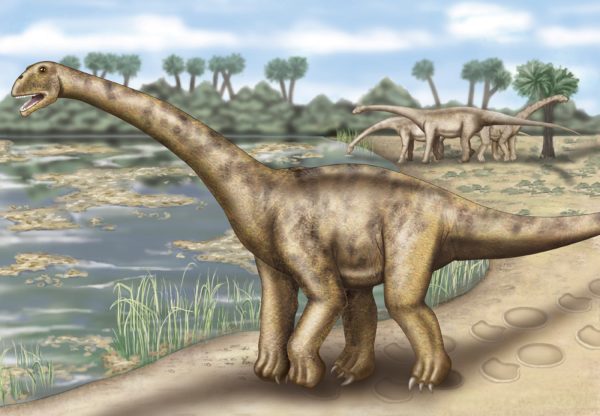
Currently undergoing preparation at the Utah Field House of National History, the Brachiosaurus bone was briefly put on display for public viewing before being prepped for detailed study. The specific location of the find is intentionally vague to ensure its preservation for future research endeavors, underscoring the significance of protecting such invaluable paleontological resources.
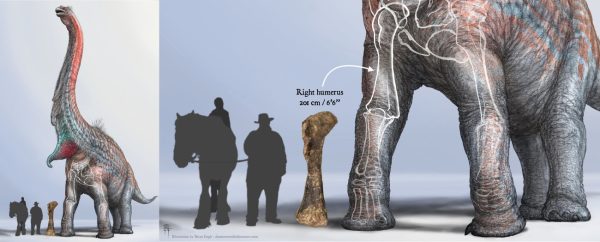
The discovery of this Brachiosaurus leg bone serves as a testament to both the past grandeur of these majestic creatures and the continuous efforts of scientists to unravel the mysteries of our planet’s prehistoric history.
